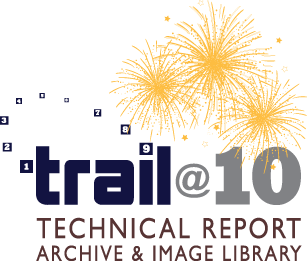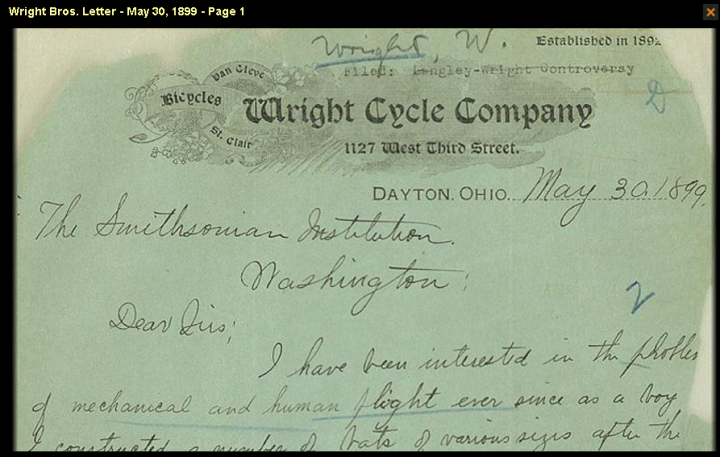 Searching for information on complex organic molecules can be an onerous task. Many organic compounds have both common and systematic names. For example, caffeine can also be known as guaranine, methyltheobromine, 1,3,7-trimethylxanthine, theine, or 1,3,7-trimethylpurine-2,6-dione. Researchers performing comprehensive literature searches will be interested in research involving not only a specific compound but also similar compounds or other molecules containing the same substructure. Searching on a specific systematic name may inadvertently omit stereoisomers, tautomers, molecules containing the same substructure of interest, or molecules differing by the substitution of as little as one atom. Conceiving of all appropriate synonyms for a name-based search would be a Herculean task for both an organic chemist and a science librarian.
Searching for information on complex organic molecules can be an onerous task. Many organic compounds have both common and systematic names. For example, caffeine can also be known as guaranine, methyltheobromine, 1,3,7-trimethylxanthine, theine, or 1,3,7-trimethylpurine-2,6-dione. Researchers performing comprehensive literature searches will be interested in research involving not only a specific compound but also similar compounds or other molecules containing the same substructure. Searching on a specific systematic name may inadvertently omit stereoisomers, tautomers, molecules containing the same substructure of interest, or molecules differing by the substitution of as little as one atom. Conceiving of all appropriate synonyms for a name-based search would be a Herculean task for both an organic chemist and a science librarian.
Continue reading “I Don’t Know Your Name, But You Look Familiar: Using Chemical Structure Searches”






